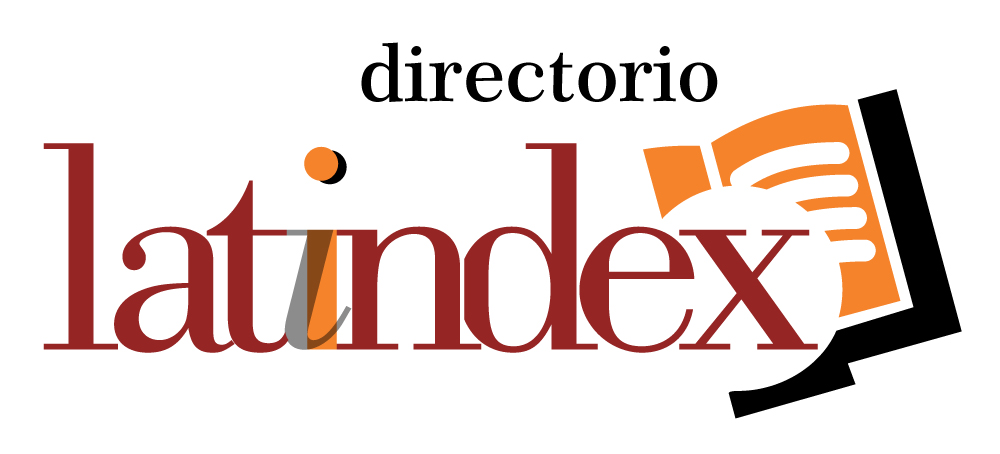Evolution of Computer Assisted Audit Techniques in the Tax Audit process, 2024
DOI:
https://doi.org/10.62428/rcvp2024311774Keywords:
tax administration, robotic processes, tax audit, data analysis, tax complianceAbstract
The objective was to present the development, evolution and impact of Computer Assisted Audit Techniques (CAAT) and in particular the Generalized Audit Software (GAS) in the audit process of the Peruvian tax administration entity, the National Superintendence of Customs and Tax Administration (SUNAT) 2024. The information treatment process on the electronic books executed by the tax administration was reviewed, and proposals were made to apply CAAT-GAS to other areas such as external financial auditing, internal auditing or internal control, government auditing and forensic accounting. It is proposed the execution of automated routines and robotic processes in the tax administration entity on the processes of information analysis in the electronic books. In turn, it is recommended that the algorithms be updated and audited regularly so that they respond to the demands of a changing tax practice according to reality. The study contributes to the knowledge of CAAT-GAS applied in Peru and its potential in the control of tax compliance, tax evasion, white collar crimes and fraud.
Downloads
Published
How to Cite
Issue
Section
License
Copyright (c) 2024 Jorge Miguel Chávez Díaz

This work is licensed under a Creative Commons Attribution-NonCommercial-ShareAlike 4.0 International License.
Eres libre de
- Compartir : copiar y redistribuir el material en cualquier medio o formato.
- Adaptar : remezclar, transformar y construir sobre el material.
El licenciante no puede revocar estas libertades siempre que cumpla con los términos de la licencia.
Bajo los siguientes términos:
- Atribución : debe dar el crédito apropiado , proporcionar un enlace a la licencia e indicar si se realizaron cambios . Puede hacerlo de cualquier manera razonable, pero no de ninguna manera que sugiera que el licenciante lo respalda a usted o su uso.
- No comercial : no puede utilizar el material con fines comerciales .
- CompartirIgual : si remezclas, transformas o construyes a partir del material, debes distribuir tus contribuciones bajo la misma licencia que el original.
- Sin restricciones adicionales : no puede aplicar términos legales ni medidas tecnológicas que restrinjan legalmente a otros hacer cualquier cosa que la licencia permita.
Avisos:
- No tiene que cumplir con la licencia para elementos del material que sean de dominio público o donde su uso esté permitido por una excepción o limitación aplicable.
- No se dan garantías. Es posible que la licencia no le otorgue todos los permisos necesarios para el uso previsto. Por ejemplo, otros derechos como publicidad, privacidad o derechos morales pueden limitar la forma en que utiliza el material.












